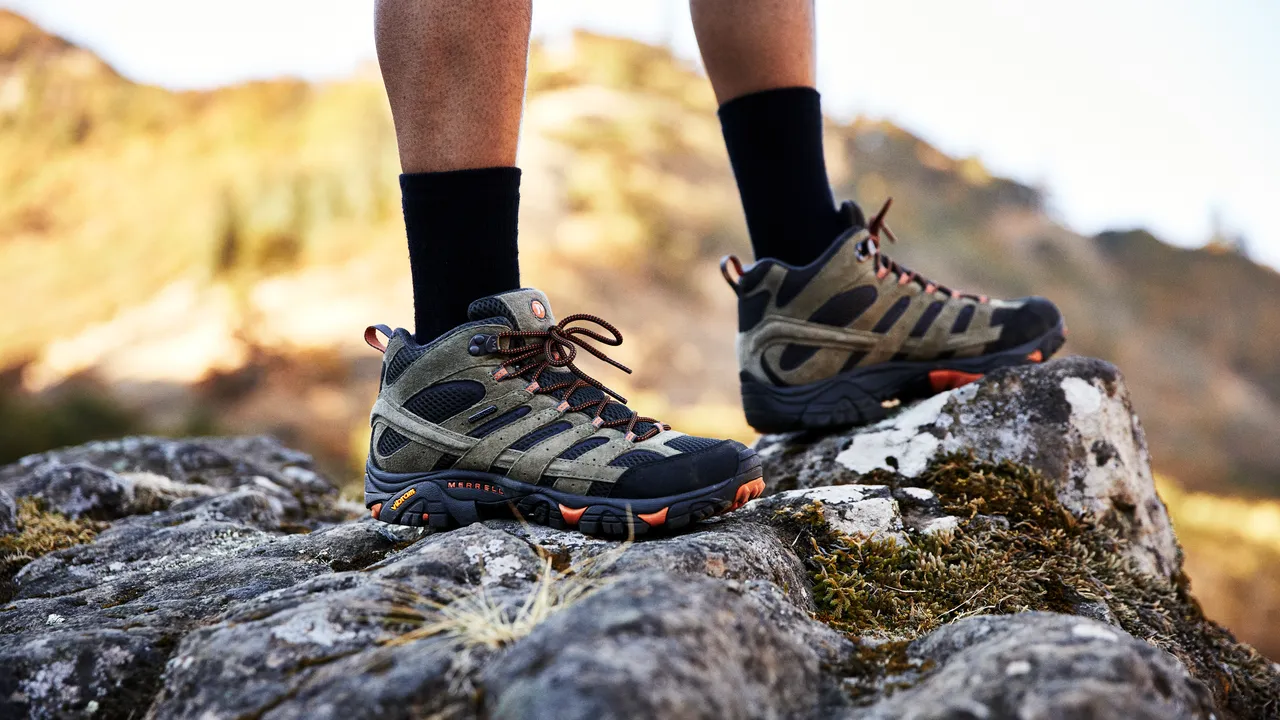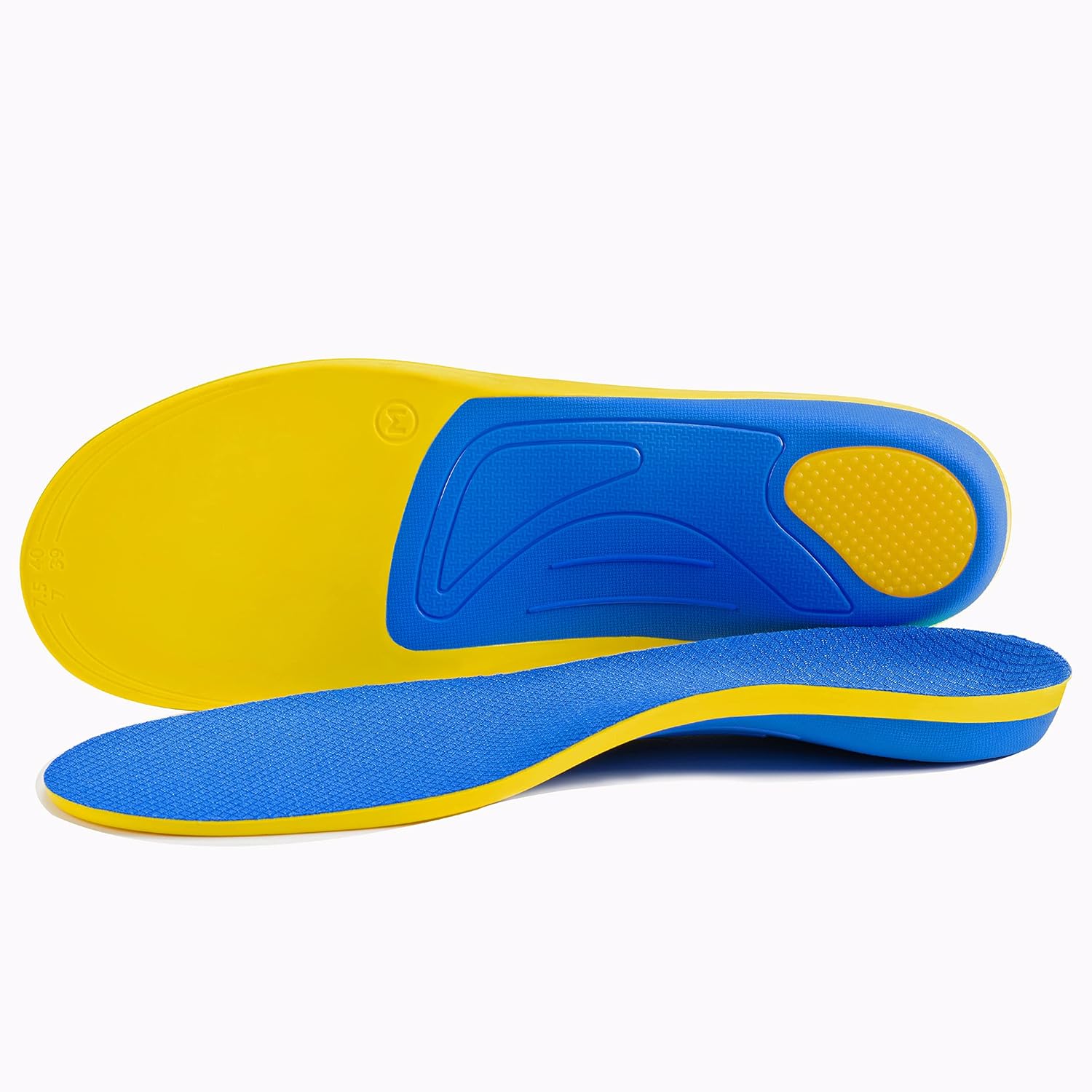Unlock the mysteries of Yellow Nail Syndrome with our empowering guide. Discover causes, symptoms, and treatments to navigate YNS with confidence and improve your health and comfort.

Introduction
Yellow Nail Syndrome (YNS) is a rare condition that often goes unnoticed or misunderstood by many. Characterized by the distinct yellowing of nails, this syndrome encompasses more than just cosmetic concerns—it’s a sign that something deeper may be affecting the body. This article aims to shed light on Yellow Nail Syndrome, its symptoms, causes, and treatment options, aiming to increase awareness and understanding of this rare condition.
Table of Contents
What is Yellow Nail Syndrome?
Yellow Nail Syndrome is a rare disorder that primarily affects the nails, but it can also have implications for the respiratory and lymphatic systems. Individuals with YNS will notice that their nails become thickened, yellowed, and excessively curved. The growth of the nails also slows down significantly, and in some cases, the nail may detach from the nail bed, a condition known as onycholysis.

Symptoms of Yellow Nail Syndrome
Yellow Nail Syndrome (YNS) is a rare condition that manifests through a unique set of symptoms, primarily affecting the nails, respiratory system, and lymphatic system. Understanding these symptoms in detail can help in early recognition and management of the syndrome. Here’s a closer look at the symptoms associated with YNS:
Nail Changes
| Yellow Discoloration: The most noticeable and characteristic symptom of YNS is the yellowing of the nails. This can range from a pale yellow to a more greenish-yellow hue, affecting one or more nails. |
| Thickening of the Nails: Nails may become thick and hard, making them difficult to trim. This thickening can also contribute to discomfort or pain, especially when wearing shoes. |
| Lack of Cuticle: Another distinctive feature of YNS is the absence or significant reduction of cuticles. The skin around the nails might also appear more smooth and shiny than usual. |
| Reduced Growth Rate: Individuals with YNS often notice that their nails grow more slowly. In some cases, nail growth may halt entirely. |
| Onycholysis: This is a condition where the nail separates from the nail bed, which can occur in YNS. It may lead to further discoloration and increase the risk of nail infections. |
Respiratory Issues
Chronic Respiratory Problems: YNS is frequently associated with various respiratory issues. Patients might experience chronic cough, recurrent bronchitis, sinusitis, and episodes of pleural effusion, which is the accumulation of fluid around the lungs. These symptoms can significantly impact the quality of life and may require ongoing management.
Pleural Effusion: This specific respiratory symptom involves the buildup of fluid in the pleural space, the area between the lungs and the chest wall. It can cause shortness of breath, chest pain, and other respiratory discomforts.
Lymphedema
Swelling Due to Lymphatic Blockage: Lymphedema in YNS is characterized by swelling, usually in the arms or legs, due to impaired lymphatic drainage. This can lead to discomfort, a feeling of heaviness, and potential mobility issues.
Skin Changes: The skin over the swollen area may become harder, thicker, and less pliable. In advanced cases, the skin might also exhibit changes in texture and color.
Additional Symptoms
While the above symptoms are the most commonly associated with YNS, patients may experience additional issues, including:
| Sinusitis: Repeated or chronic sinus infections can be a part of the respiratory symptoms experienced by individuals with YNS. |
| Fatigue: Generalized fatigue is not uncommon, possibly due to the body’s response to chronic illness or the impact of respiratory issues on sleep and overall health. |
| Secondary Infections: Due to the compromised lymphatic and respiratory systems, individuals with YNS may be more susceptible to secondary infections. |
Causes of Yellow Nail Syndrome
Understanding the causes of Yellow Nail Syndrome (YNS) is complex due to its multifaceted nature. While the exact etiology remains elusive, the interplay of genetic predispositions and environmental triggers is thought to play a significant role. Here’s a deeper dive into the potential causes and associations:
Genetic Factors: There may be a genetic component to YNS, as cases have been reported within families. This suggests that certain individuals might inherit a predisposition to developing the syndrome.
Autoimmune Response: Some researchers propose that YNS could be the result of an autoimmune process, where the body’s immune system mistakenly attacks its own cells, affecting the nails and possibly the lymphatic and respiratory systems.
Persistent Infections: Chronic infections, particularly in the respiratory system, may trigger or exacerbate the symptoms of YNS. The relationship between these infections and the syndrome’s onset is still under investigation.
Environmental Factors: Exposure to certain chemicals or medications has been speculated to contribute to the development of YNS. However, concrete evidence linking specific substances to the syndrome is limited.
Association with Systemic Conditions: YNS is often seen in conjunction with various systemic diseases, suggesting a possible connection. These include:
- Respiratory Diseases: Conditions like chronic bronchitis, sinusitis, and pleural effusion are commonly associated with YNS, hinting at a respiratory component to the syndrome.
- Lymphedema: The occurrence of lymphedema in YNS patients suggests an underlying issue with the lymphatic system, possibly due to lymphatic drainage problems.
- Cancer: There have been reports of YNS patients having a higher incidence of certain types of cancer, raising questions about an underlying oncological factor.
Diagnosing Yellow Nail Syndrome
The rarity and nonspecific symptoms of YNS make its diagnosis challenging, often requiring a multidisciplinary approach. Here’s how the diagnosis process is typically conducted:
Clinical Evaluation: The diagnosis starts with a thorough clinical examination, focusing on the characteristic nail changes—yellow discoloration, thickening, and slowed growth. The absence of cuticles and potential nail detachment are also key indicators.
Medical History: A detailed medical history helps identify any associated respiratory or lymphatic symptoms, which are crucial for a YNS diagnosis. A history of recurrent respiratory infections or lymphedema can be particularly telling.
Exclusion of Other Conditions: To confirm YNS, doctors must rule out other conditions that can cause similar nail changes. This includes:
- Fungal Infections: Laboratory tests can identify fungal organisms, differentiating fungal nail infections from YNS.
- Nail Psoriasis: Certain features in the nail and skin examination can help distinguish nail psoriasis from YNS.
Imaging and Laboratory Tests: In some cases, imaging studies like chest X-rays or CT scans are performed to assess respiratory involvement. Blood tests may be conducted to rule out other systemic conditions.
Specialist Consultations: Referrals to specialists, such as dermatologists, pulmonologists, or rheumatologists, may be necessary to evaluate the extent of the syndrome and associated conditions.
Treatment Options for Yellow Nail Syndrome
While Yellow Nail Syndrome (YNS) remains a condition without a definitive cure, the treatment strategy focuses on alleviating symptoms, improving the quality of life, and addressing any underlying or associated conditions. Here’s a more detailed look at the treatment modalities available for managing YNS:
Topical Treatments
Antifungal Creams: Even though YNS is not caused by fungal infections, antifungal creams may be prescribed to prevent secondary fungal infections, which can exacerbate nail discoloration and thickening.

Corticosteroids: Topical corticosteroids can help reduce inflammation around the nails. They might be particularly useful if there’s an underlying inflammatory component contributing to the nail changes.
Oral Medications
Vitamin E: This antioxidant has been reported to improve nail health in some YNS patients. It’s thought to promote nail growth and reduce yellowing, although its effectiveness can vary from person to person.

Zinc Supplements: Zinc plays a crucial role in maintaining healthy nails. Supplementation may benefit individuals with YNS, potentially improving nail appearance and growth.
Antibiotics: Certain antibiotics have anti-inflammatory properties that may help manage symptoms of YNS, especially if there’s an underlying infection or inflammation contributing to the condition.
Lymphedema Management
Compression Garments: These garments are designed to provide consistent pressure on the affected limbs, helping to reduce swelling by encouraging lymph fluid to flow more freely.
Physical Therapy: Specialized physical therapy techniques, such as manual lymphatic drainage, can help manage lymphedema. This therapy involves gentle massage to encourage the movement of lymph fluid out of the swollen area.
Exercise: Regular, gentle exercise, under the guidance of a healthcare professional, can improve lymph flow and reduce the symptoms of lymphedema. Exercises are often tailored to the individual’s specific needs and condition.
Management of Respiratory Symptoms
Antibiotics: For those with YNS who experience recurrent respiratory infections, antibiotics can be crucial in managing these episodes and preventing complications.
Chest Physiotherapy: This can help in the management of respiratory symptoms associated with YNS, such as chronic bronchitis or pleural effusion, by improving lung function and aiding in the clearance of mucus.
Surgery: In severe cases, particularly those involving pleural effusion (fluid around the lungs), surgical intervention may be necessary to drain the fluid and alleviate symptoms.
Additional Considerations
Regular Monitoring: Regular follow-ups with healthcare providers are essential for monitoring the progression of YNS and adjusting treatment plans as necessary.
Multidisciplinary Approach: Given the complex nature of YNS, a team of specialists, including dermatologists, pulmonologists, and physical therapists, may be involved in the treatment plan to address the various aspects of the syndrome.
Raising Awareness
Awareness of Yellow Nail Syndrome is crucial for early diagnosis and treatment. Individuals experiencing the symptoms of YNS, especially those with chronic respiratory issues or lymphedema, should consult a healthcare provider for evaluation. Early intervention can help manage symptoms and improve quality of life.
Frequently Asked Questions
What is Yellow Nail Syndrome?
YNS is a rare disorder affecting the nails, respiratory, and lymphatic systems, characterized by thickened, yellowed nails, and slowed nail growth, often accompanied by respiratory issues and lymphedema.
What causes Yellow Nail Syndrome?
The exact cause of YNS is unknown, but it’s believed to involve a mix of genetic and environmental factors, autoimmune responses, persistent infections, and associations with systemic conditions like respiratory diseases and lymphedema.
How is Yellow Nail Syndrome diagnosed?
Diagnosis is challenging due to YNS’s rarity and symptom overlap with other conditions. It typically involves clinical evaluation, medical history review, and exclusion of other conditions through tests.
What are the treatment options for Yellow Nail Syndrome?
Treatment focuses on symptom management and may include topical treatments (antifungal creams, corticosteroids), oral medications (Vitamin E, zinc supplements, antibiotics), management of respiratory symptoms, and lymphedema management through compression garments and physical therapy.
Conclusion
Yellow Nail Syndrome, while rare, plays a significant role in signaling underlying health issues that require attention. Understanding YNS is crucial for early diagnosis and effective management, which can significantly enhance the quality of life for those affected. By recognizing the signs and symptoms of YNS, individuals can seek timely medical advice and treatment, navigating the condition with greater confidence and well-being. If you or someone you know exhibits symptoms of Yellow Nail Syndrome, consulting a healthcare professional for a comprehensive evaluation is a vital step toward better health and comfort.










